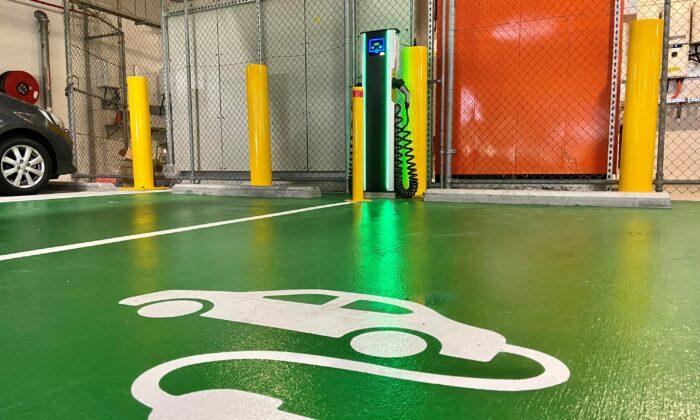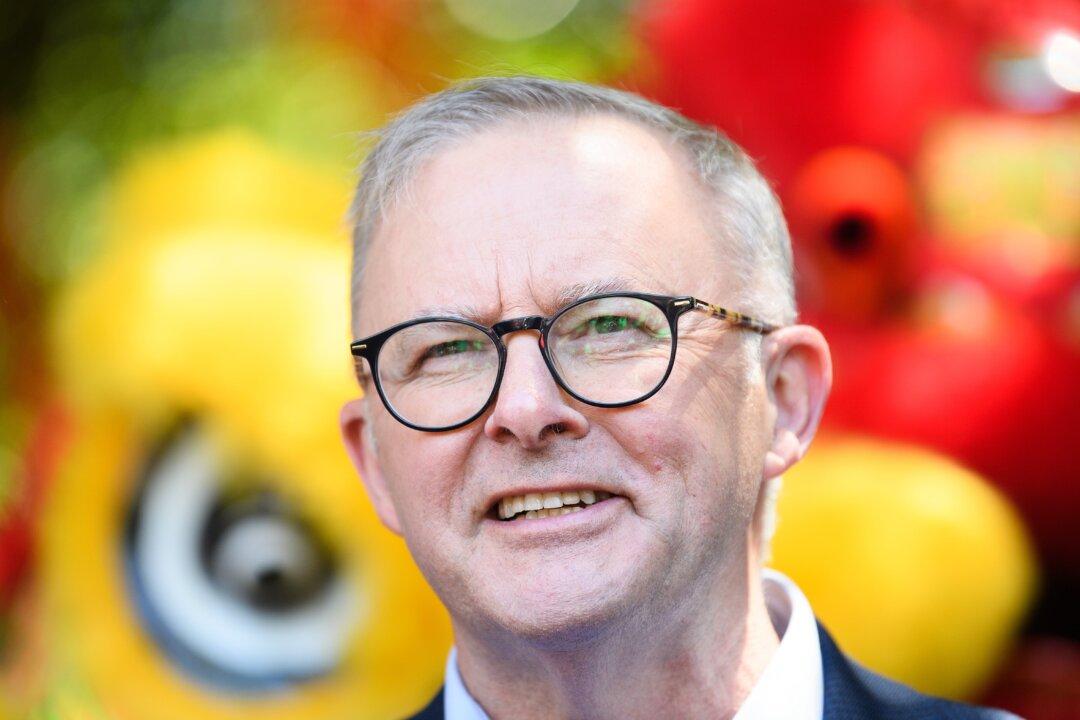Australians will need to find a way to dispose of 1.6 million tonnes of used electric vehicle (EV) batteries by 2050 as part of the nation’s goal of net-zero.
The Battery Stewardship Council, along with its research partners, estimates that based on current trends, the volume of EV waste will expand exponentially to 30,000 tonnes by 2030 before accelerating toward the 1.6 million mark.
The Council, along with the Federal Chamber of Automotive Industries and the Motor Trades Association of Australia, are calling for a stewardship program to be established, where the consumer pays extra to foot the bill for safely disposing of EV batteries.
“Investment in EV battery stewardship and recycling infrastructure is immediately needed for the industry to avoid costly solutions in the future and miss out on the financial opportunities offered by the recycling of used batteries,” said Libby Chaplin, CEO of the Council.
“The EV industry is facing a golden opportunity to take the lead in designing a scheme that is cost-effective, fit for purpose, and avoids the mistakes and costly fall-out of inaction as seen recently by the solar panel industry by prioritising the discussion of end-of-life processes today.”
The body says it has established a program for smaller batteries and needs assistance in creating the infrastructure to handle EV batteries.

The Challenge of Net-Zero
The Council is grappling with a problem that is also challenging the wind turbine and solar panel industries—how to dispose of the tonnes of waste that will result from years of “going green” and net-zero.Batteries, wind turbines, and solar panels are, by nature of their design, difficult and costly to recycle.
Last year, the University of South Australia said the country could be left to deal with “tens of thousands” of blades by 2030—most wind turbines have a lifespan of around 20 to 25 years before the structural integrity starts to weaken.

Meanwhile, solar panels also have a low level of recycling, with the CSIRO estimating around two percent of panel waste is actually reused.
Take-up of solar panels in Australia has been extensive with over 30 percent of homes having a rooftop solar PV system, and like EV batteries, the disposal process can be challenging and too costly for businesses to do profitably.
The China Question
On top of the waste disposal conundrum, the purchase and import of renewable energy technology will likely bolster Australia’s trading relations with China.Currently, China is the world’s largest producer of solar panels and EV batteries, while some of the largest wind turbine producers are Chinese companies.
These are the considerations facing the Australian Labor government, who like their counterparts in the developed world, continue pushing to revolutionise the country’s energy grid in a bid to reach net zero by 2050.
The federal government has set an ambitious mid-term target of reducing current emissions by 43 percent by 2030, despite the country relying on coal-fired generation for over 64 percent of its needs.





